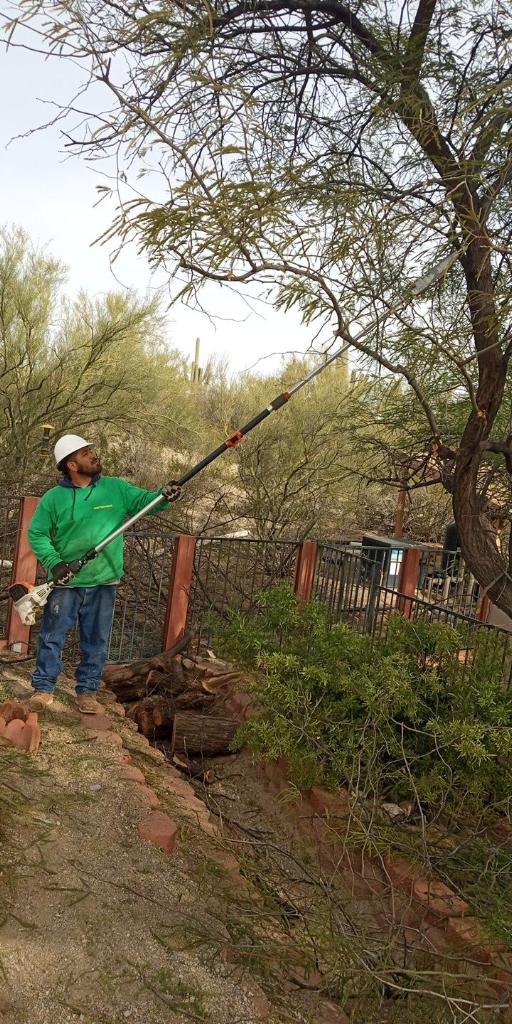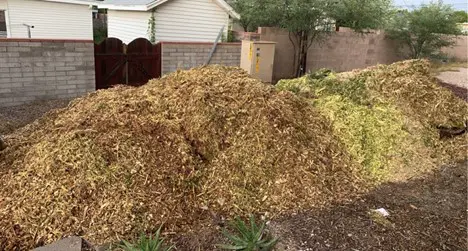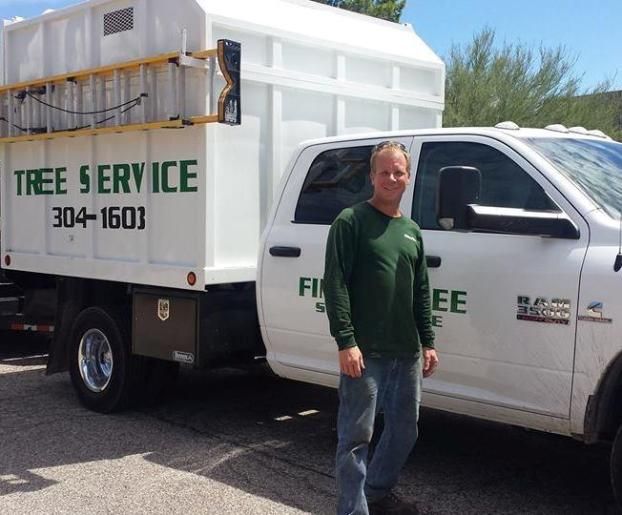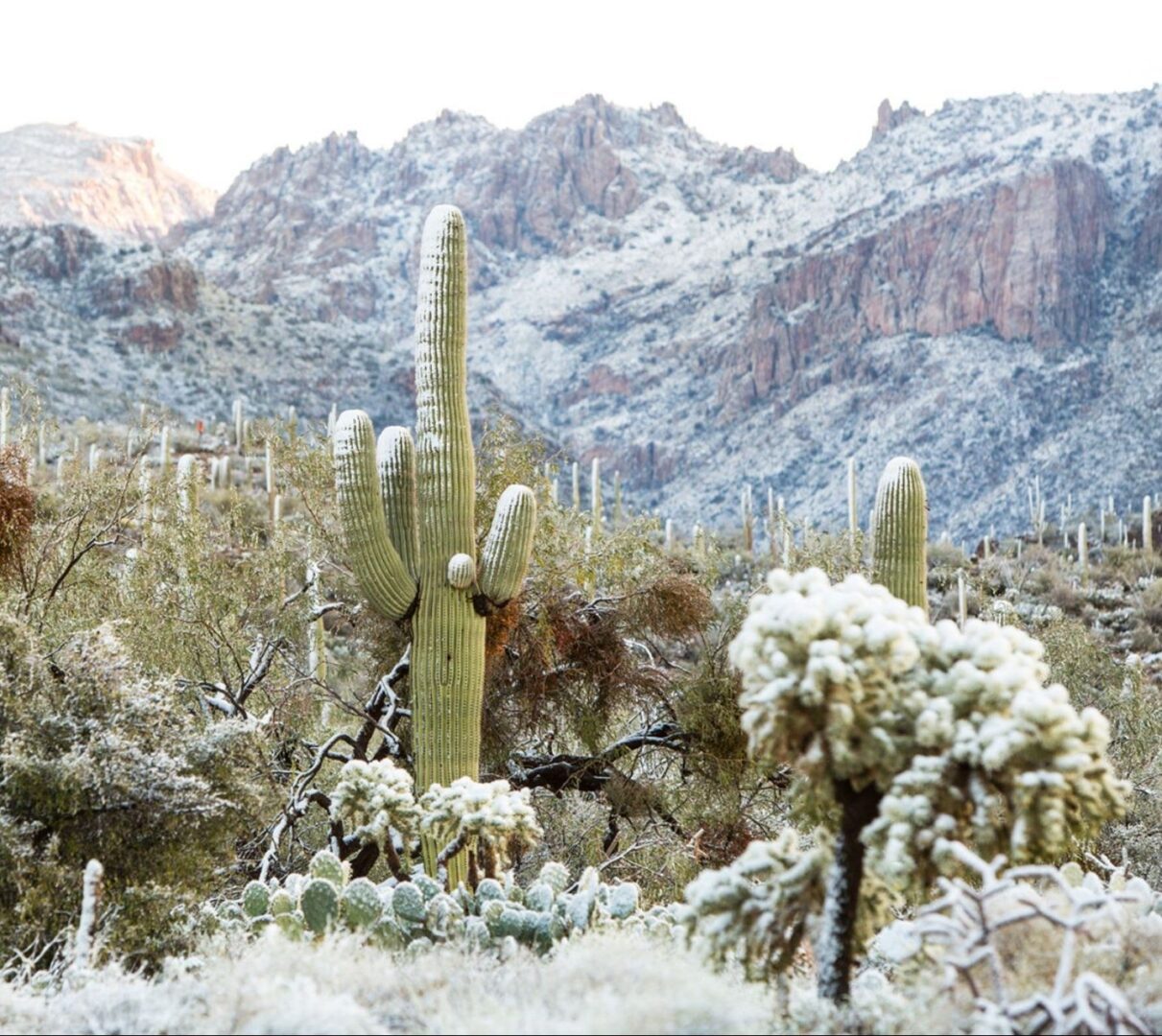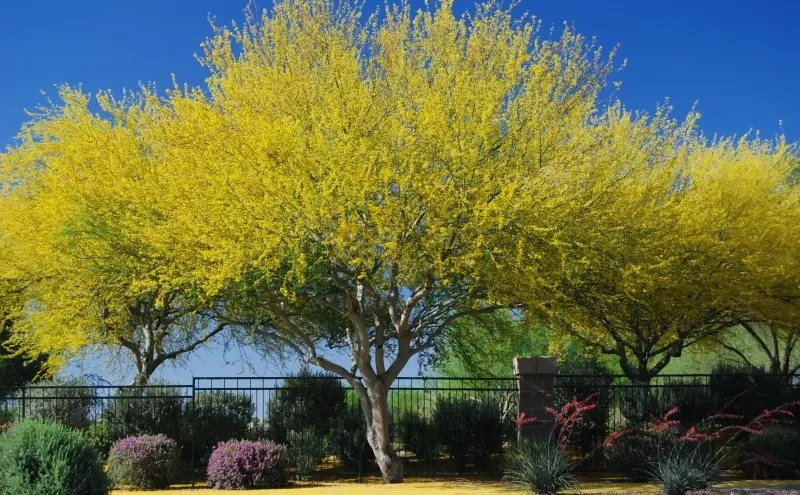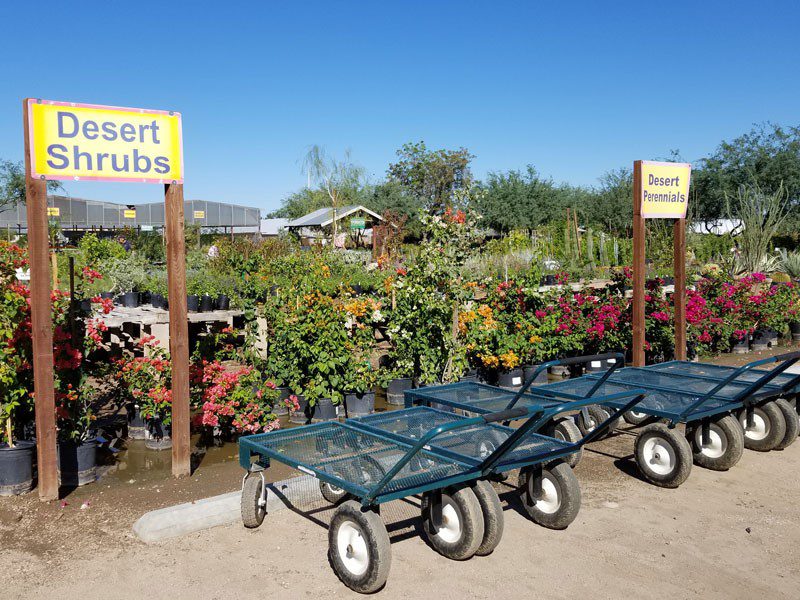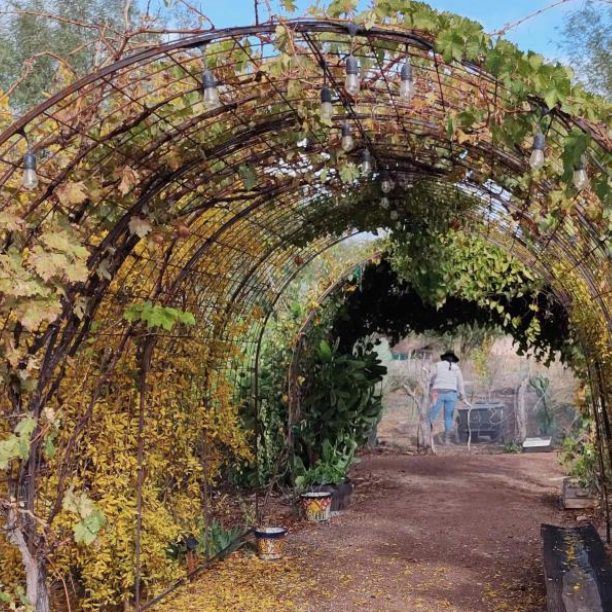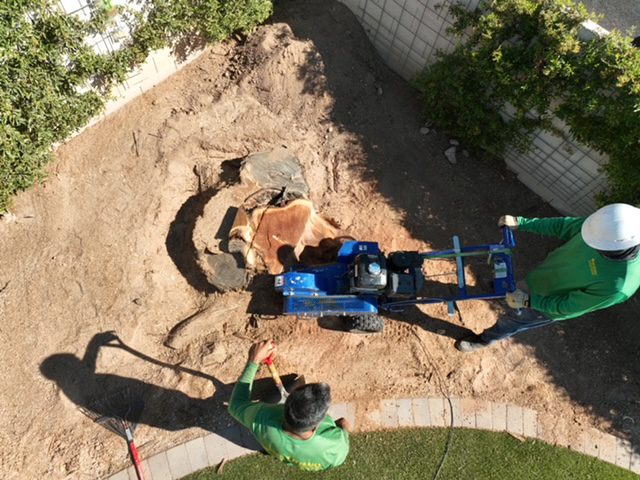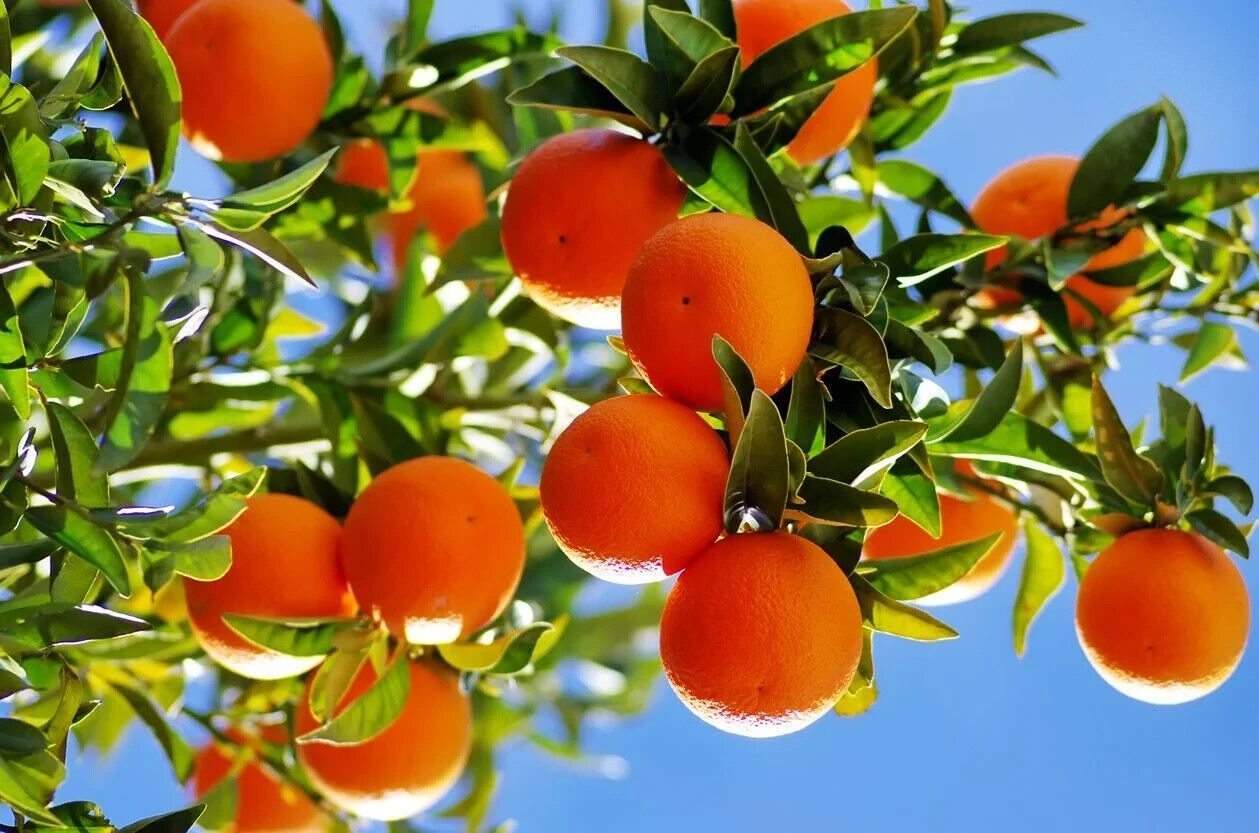Finest Tree Service can help you determine how often an individual tree should be trimmed. A guideline to follow is; mature trees of any variety should be trimmed every 3-5 years, most younger trees should be trimmed every 2-3 years. To help fruit trees produce better quality and larger fruit, you should trim every year. Evergreen trees can go many years without needing tree trimming done.
While you don’t need to trim your trees every year, it’s important to check them over or have them looked at to determine if they need to be trimmed that year and we can help you make that decision. Trimming is always important when it comes to our monsoons and microbursts, which can do a great deal of damage. Over-pruning can weaken a tree, which allows pests and disease to enter the tree. Proper tree trimming can help roots grow stronger, which results in a healthier tree. Trimming a tree will also help produce more branches. You can trim your trees all year long, however the best time is when your tree is more dormant, or fall and winter.
Give us a call for a free estimate and we’ll help you make the best decision for your next tree project 520-304-1603.


